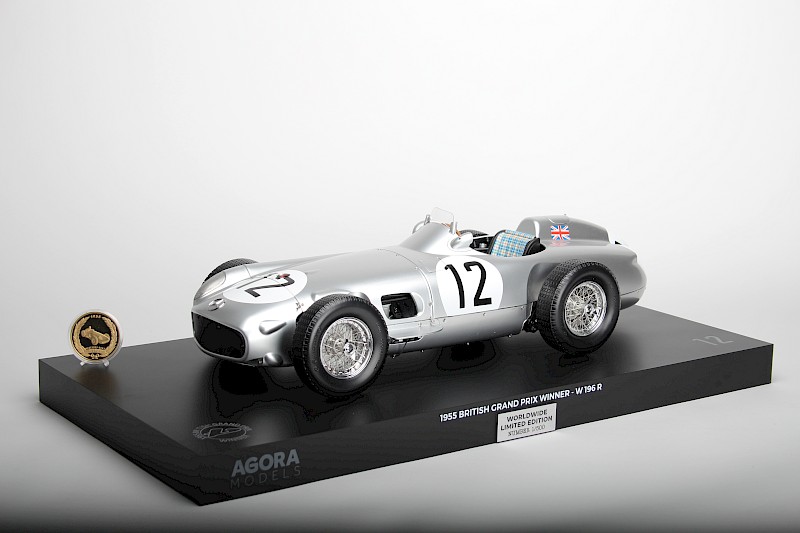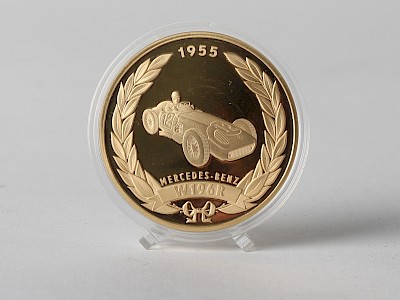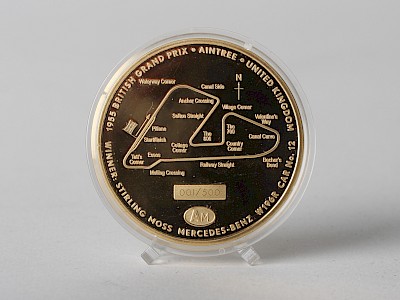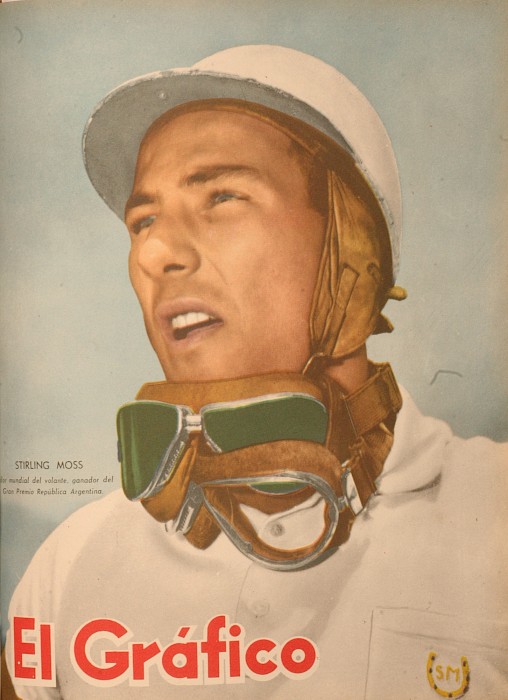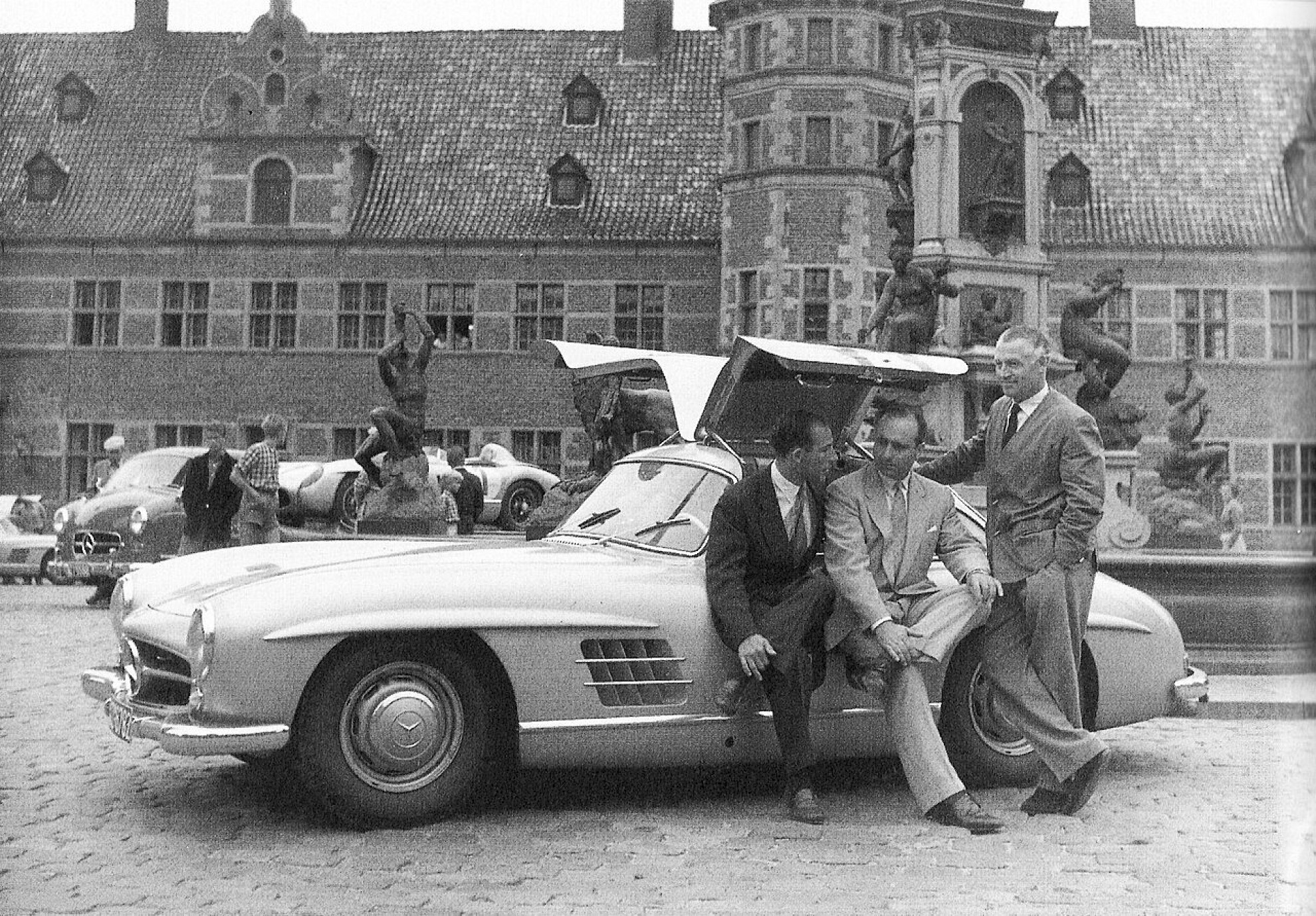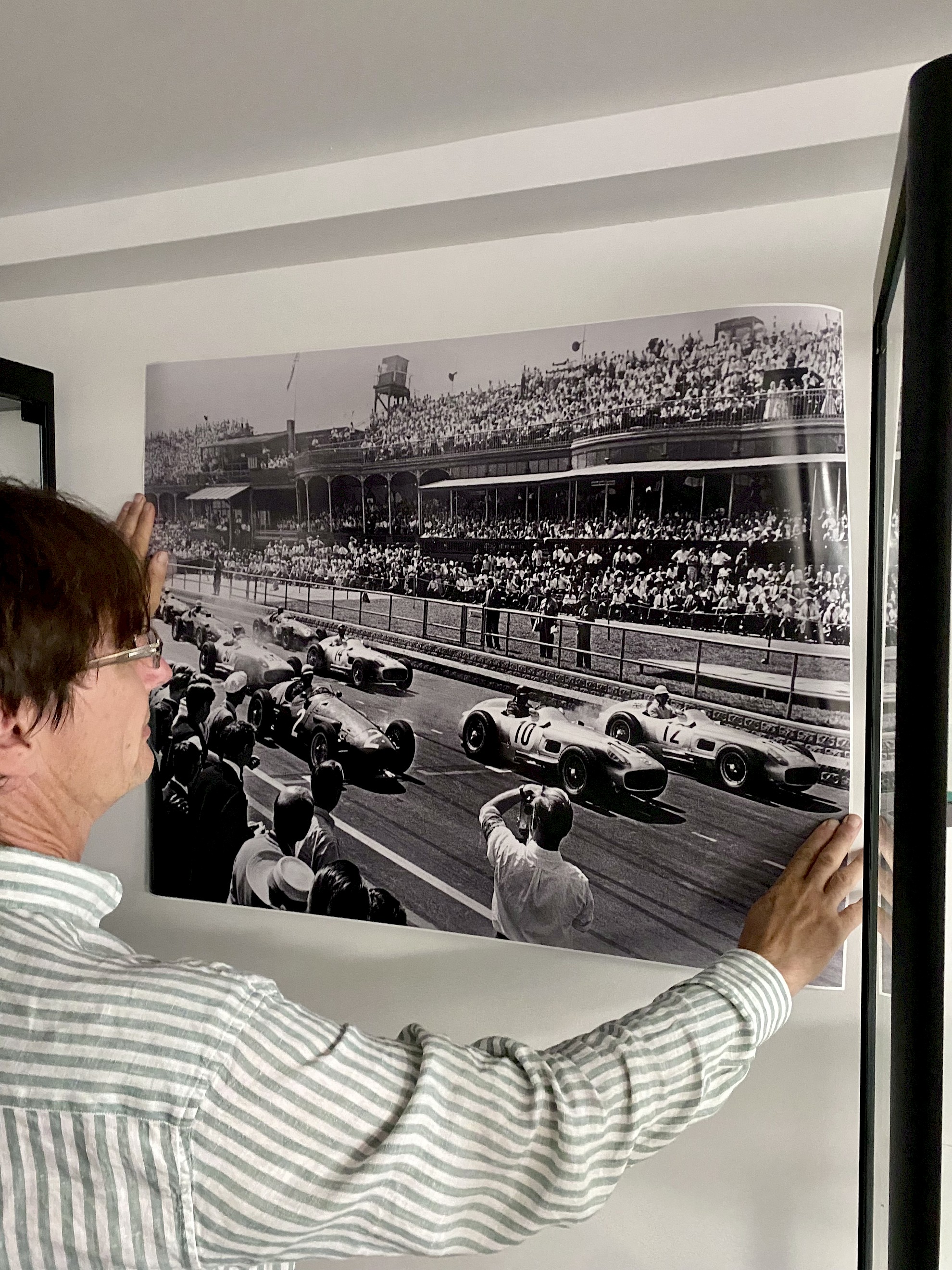Stirling Moss et le Grand Prix britannique de 1955
Il y a soixante-dix ans, l'étendue verdoyante d'Aintree—plus souvent associée aux courses de steeplechase qu'aux moteurs rugissants—se transformait en un champ de bataille de vitesse, de précision et d'innovation mécanique. C'est ici, le 16 juillet 1955, que Stirling Moss remportait sa première victoire au Championnat du Monde de Formule 1 devant une foule de supporters conquis. La victoire, obtenue lors du Grand Prix de Grande-Bretagne, était d'autant plus emblématique que Moss pilotait la Mercedes-Benz W196R, une voiture argentée.
En 1955, Stirling Moss était déjà perçu comme l'avenir du sport automobile britannique. Âgé de 25 ans, il avait constamment démontré compétence et ténacité, mais une victoire en course du Championnat du Monde lui avait jusqu'alors échappé. Mercedes-Benz, de retour en Grand Prix après la Seconde Guerre mondiale, avait recruté Moss pour faire équipe avec leur pilote vedette Juan Manuel Fangio—déjà champion du monde à deux reprises.
À Aintree, portant sur ses épaules les espoirs d'une nation, Moss allait enfin prendre sa place au panthéon des grands.
Au cœur de la victoire de Moss se trouvait la voiture elle-même—la Mercedes-Benz W196R. Conçue pour dominer, la W196R représentait le summum de l'ingénierie du milieu des années 1950. Elle était équipée d'un moteur huit cylindres en ligne de 2,5 litres avec des soupapes desmodromiques, une injection directe de carburant dérivée de la technologie des avions Messerschmitt, et un design épuré mais frappant.
Le « R » signifiait « Rennwagen », ou « voiture de course », le distinguant de la variante W196 profilée que Mercedes utilisait pour les circuits plus rapides. À Aintree, une configuration plus conventionnelle à roues ouvertes était utilisée—mieux adaptée aux virages serrés et aux conditions de surface variables du circuit de 4,3 kilomètres (2,7 miles).
Avec son ingénierie de pointe et sa stabilité remarquable, la W196R était sans doute des années en avance sur ses concurrents.
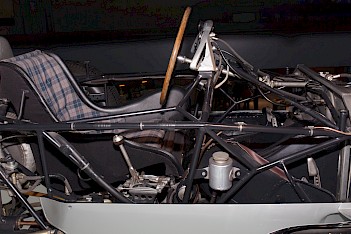

(images: Mercedes-Benz museum)
Dès l'instant où le drapeau a été abaissé, il était clair que la course serait dominée par l'équipe Mercedes. Moss et Fangio ont pris la tête, suivis de leurs coéquipiers Karl Kling et Piero Taruffi. Ce qui s'est déroulé n'était pas seulement une course, mais une démonstration de supériorité mécanique absolue et de stratégie d'équipe.
Dans les premiers tours, Moss a poussé fort, rivalisant avec Fangio virage après virage. La question de savoir s'il était autorisé à gagner—peut-être comme un geste politique de Mercedes—ou s'il a vraiment surpassé le maître argentin a été un sujet de débat pendant des décennies. Moss lui-même insistait sur le fait qu'il avait gagné à la régulière, et la plupart des analyses modernes sont d'accord : sa performance était sans faille, son rythme implacable.
Pendant 90 tours, Moss a mené, suivi de près par Fangio, parfois en échangeant leurs positions pour maintenir la performance des pneus et le momentum.
Moss a franchi la ligne d'arrivée juste 0,2 secondes devant Fangio. C'était presque une égalité parfaite, mais une victoire néanmoins—sa première des 16 victoires en Grand Prix et toujours considérée par beaucoup comme la plus significative.
La victoire de Stirling Moss à Aintree n'était pas seulement un triomphe personnel ; c'était un symbole. Dans les années d'après-guerre, la Grande-Bretagne reconstruisait son identité, ses industries et sa confiance. La victoire de Moss, devant 150 000 spectateurs et des millions d'auditeurs via la radio, représentait une nouvelle ère d'excellence britannique sur la scène mondiale.
L'équipe Mercedes a balayé le podium—Fangio deuxième, Kling troisième, Taruffi quatrième—mais c'était Moss qui revendiquait la gloire. Sa victoire marquait la première fois qu'un pilote britannique remportait le Grand Prix britannique.
L'après-course a vu le profil de Moss monter en flèche. Il est devenu un nom familier et un ambassadeur durable pour le sport automobile. Fangio, toujours gracieux, a loué la performance de Moss, notant sa maturité et sa précision.
La Mercedes-Benz W196R deviendrait l'une des machines les plus vénérées de l'histoire de la course. Ses innovations technologiques ont jeté les bases de l'ingénierie future des Grand Prix, et son esthétique frappante en a fait un favori dans les collections de musées et les ventes aux enchères de voitures historiques. En fait, une W196R conduite par Fangio a été vendue pour un montant stupéfiant de 19,6 millions de livres lors d'une enchère en 2013.
Pour beaucoup, la voiture sera toujours synonyme d'Aintree, 1955—un jour où l'homme et la machine ont atteint une harmonie parfaite.
Cette superbe vidéo sur YouTube est un film d'archive montrant la construction et les temps forts du Grand Prix à Aintree.
Les sons des moteurs sont très différents de ceux que l'on entend dans les courses de Formule 1 modernes !
Stirling Moss, Juan Manuel Fangio et Karl Kling, qui ont occupé les trois premières places du Grand Prix britannique de 1955, profitant d'une autre de nos classiques préférées de Mercedes-Benz.
Pour célébrer l'anniversaire, nous nous sommes offert un poster photo avec une image prise au départ du Grand Prix de 1955 montrant les quatre Mercedes-Benz W196R sur la grille de départ. Nous avons trouvé un endroit pour l'accrocher, il a maintenant été envoyé chez l'encadreur
Mercedes-Benz W196R – échelle 1:8
Et bien sûr, nous devons saisir cette occasion pour mettre en avant notre propre modèle réduit à l'échelle 1:8 de la voiture victorieuse de Stirling Moss, qui est fourni avec un socle d'exposition et une médaille commémorative plaquée or
